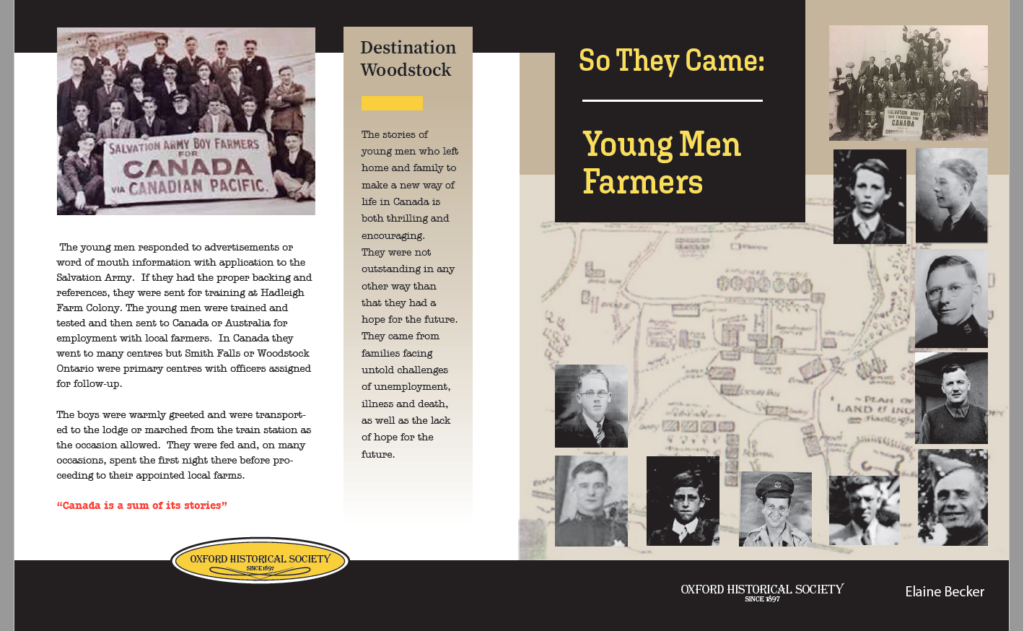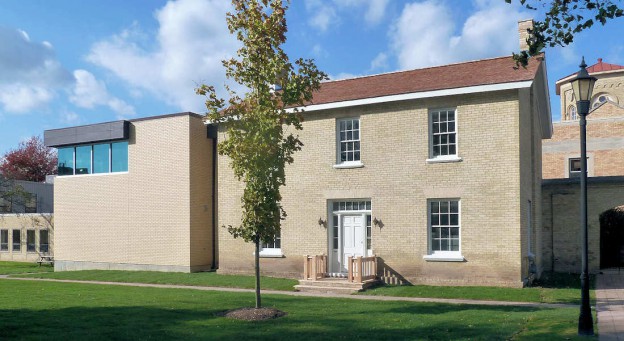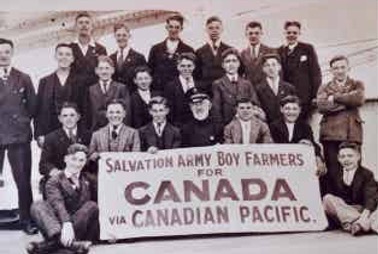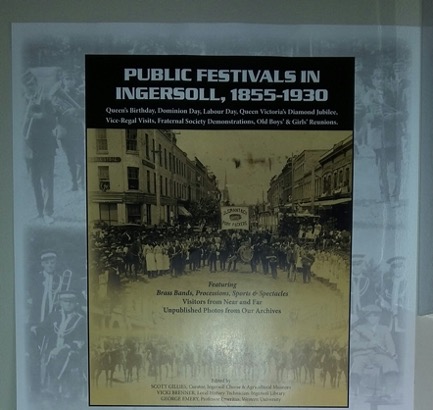Hello Everyone,
The Oxford Historical Society is very pleased to announce that ‘So They Came: Young Men Farmers’, is now at the printers and will soon be available for sale!
Elaine Becker will be at the Market Square in Woodstock, ON at the BIA tent on Thursday, August 19th from 1-2pm, for the first sale of the book.
The cost is $20.00 (includes HST).
This is the story of the brave young men who left family and country to begin a new life in Canada.
Elaine wishes to thank all of the contributors for the information that has helped to put real faces on these young men. She hopes to see you at Market Square.
After August 19th, the book will be available for sale at the Woodstock Museum, NHS.
Please share this post with others who might be interested.
Thanks again to everyone for their support and contributions!




